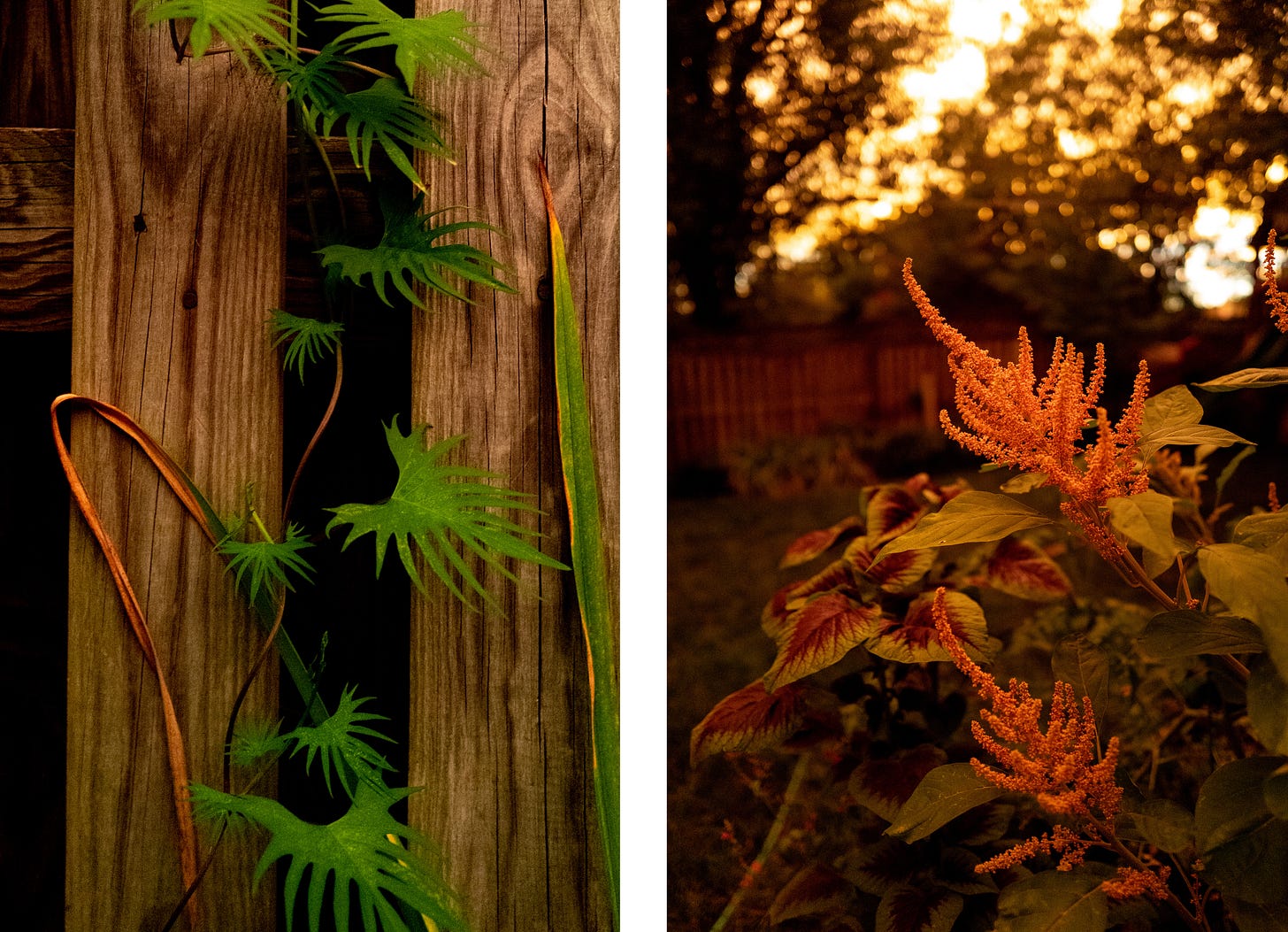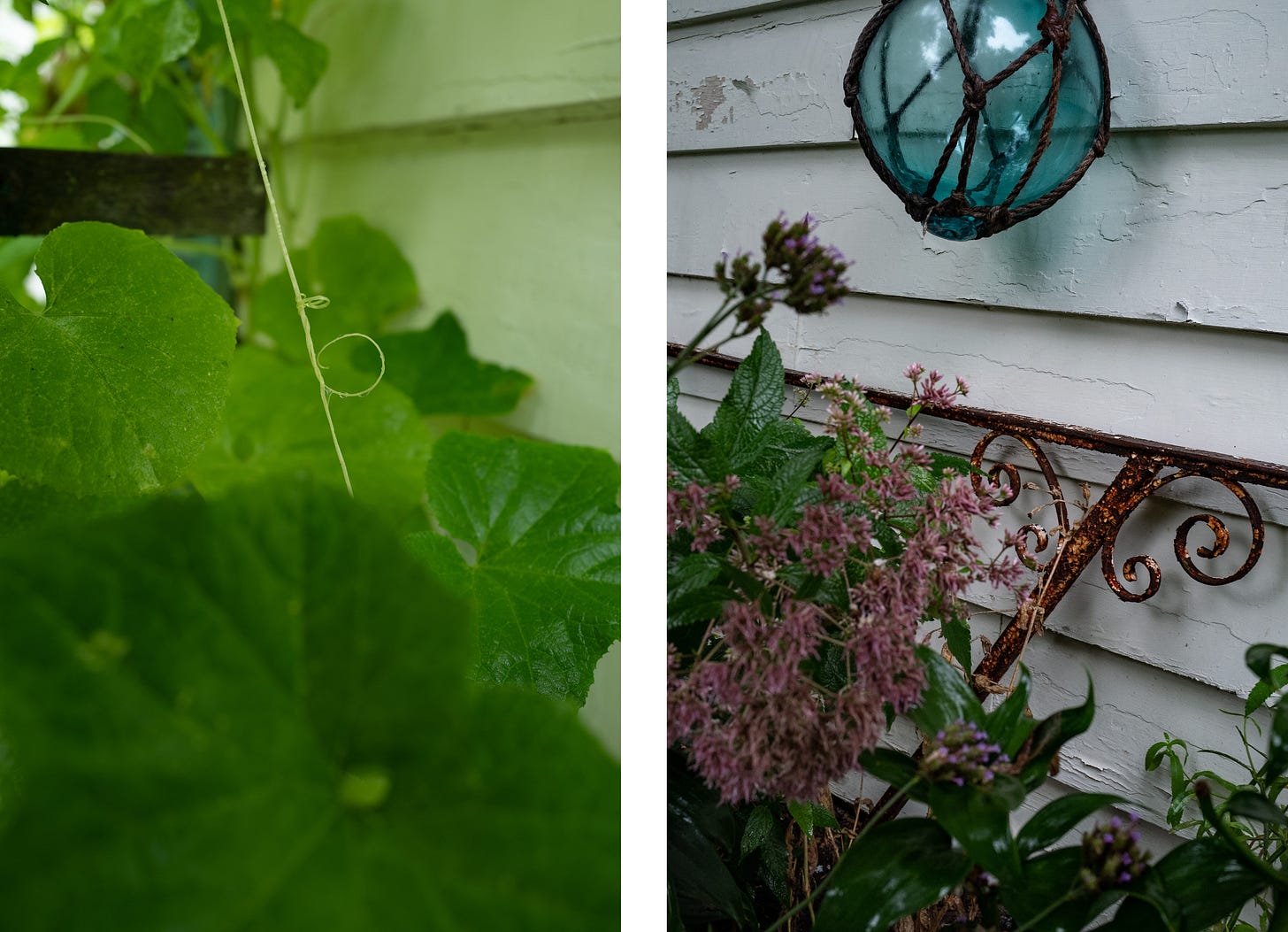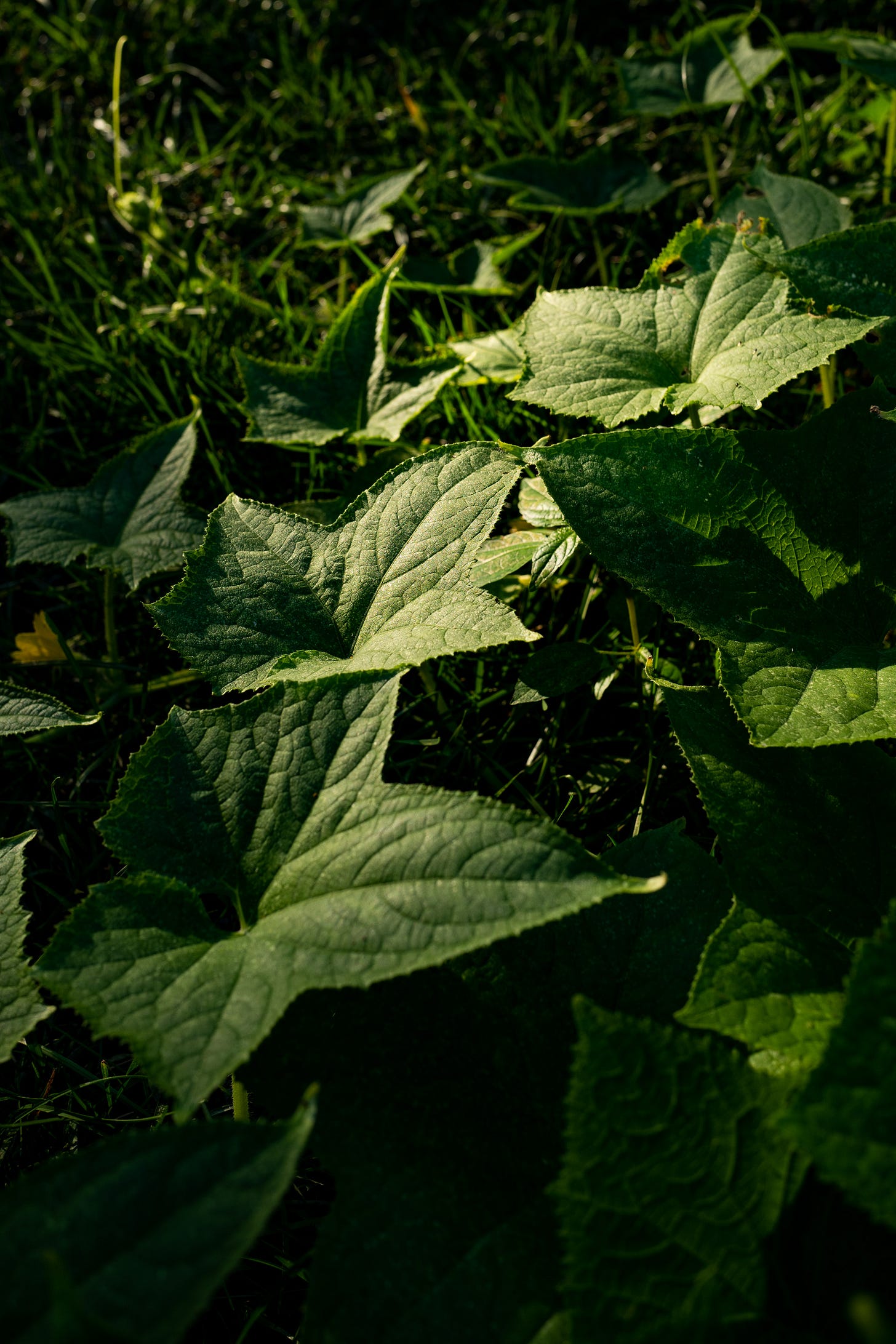
Thank you everyone for the notes about the last newsletter. I’m still thinking about what Jia Tolentino wrote, that the “doing the work” of this moment really should be reframed as expanding your world. It’s not a job, it’s a journey.
I seem to have disconnected the part of my brain that’s able to think in long form, so we’re going full-on blog postings today. And yes, a brief camera review, but mostly to consider what it means to use a professional camera in an unprofessional way.
As always, I’m Stephen Voss, a photographer in Washington, DC. If you enjoy this newsletter, I’d appreciate you letting someone you like know about it!

All the Cliches Are True
I love this idea shared by Matt Haughey (founder of Metafilter) about advice. He writes:
Then it dawned on me: maybe I’ve already gotten all the great advice I would ever need in a lifetime.
Which immediately made me think of one of this interview with photographer Philip Toledano who says something not so different:
[…] because as you get older, you realize that everything is a cliché, and that all the clichés are true.
This feels like the quote of a mature artist—the photographer long past worrying about doing something “new” or trying to breakthrough and an acknowledgement of the well-worn footprints we all follow. It’s the realization that our work is not made better by breaking the rules so much as absorbing the rules so deeply, so innately, that we’re able to graft them to our own being. So that, when we do make something that is a pure expression from within, it might also be understandable by others.

Automatic for the People
Back in February, just before the world changed, I picked up a Leica Q. I had mentally filed away this Craig Mod review from nearly five years ago and waited as a Q successor was introduced and the price on the original began to creep down.
In the past seventeen years, I’ve cycled through a dozen or so DSLRs since I made the transition from film. I make my living from these cameras that all have had a certain Honda Civic-quality to them. They’re eminently reliable, a testament to small and steady improvements.
The Q is niche, but in the best way. This is a camera with strong opinions and intentional limitations. The fixed-lens, full-frame camera universe has two cameras in it, the Leica and a Sony (with its three iterations) and it’s hard to imagine anyone else getting into this space. Frankly, it’s a wonder that the Q exists at all and we’re truly in the salad days of digital photography when a five-year-old digital camera can still produce such good images.
Since I’ve had the camera, it’s been set to Av (Aperture-Priority) and Auto ISO. Now this feels a bit unseemly to admit since I haven’t used a camera in anything but fully manual mode for maybe twenty years. But the Leica has become the camera I grab when the light in our garden glows at the end of the day, or in my start/stop/start documentation of our home life during coronavirus. It’s not so different than photographing with the iPhone, which happens to have the same 28mm field of view.
It’s strange to celebrate the unloading of choices onto a machine, but it kind of works? This sent me down the rabbit hole of trying to figure out what famous photographers use their camera as more of a point and shoot and, maybe Daido Moriyama? This video of him walking around Tokyo seems to show him just raising the camera and shooting though it’s hard to say for sure. But who else?
As I write this, the remains of a Isaias are washing through DC and I spent the morning outside, umbrella in one hand, the Q in the other, poking around in a puddled garden colored the verdant green of life.

Currently
🛠🇯🇵I’ve been using a Japanese Pull Saw for a few small home projects. Most Western-style saws have their saw teeth pointed away from you when you’re using them, meaning the cutting is done as you push forward. A Japanese Pull Saw reverses the teeth, so the saw does most of its work as you pull it towards you. After a few minutes of using one of these saws, it’s hard not to recognize the sheer better-ness of this design. Inexpensive and highly recommended.
👨🏼🔧🧑🏻🍳👨🏻🎨Thinking about (and getting comfortable with) being a generalist by reading David Epstein’s book. Epstein argues that we benefit from a broadening of our world and skill set, and that this allows us to make connections that the specialist might miss. The world of photo consultants has been beating the “specialize” drum for years, and I’m not so sure it’s the right path in these times.
🗾🍞🚶I’m absolutely loving the design of Craig Mod’s new book, the product of a 620 mile walk through Japan and as he puts it, “bizarro ethnographic field study of old café — kissaten — culture.” Mod is a talented writer, a deeply insightful designer and a good photographer to boot. But what I love most is that he found something special that was quickly disappearing and poured his heart into making a worthy record of it.
Thanks for making it through and I hope you’re doing well. If you enjoyed reading this, please consider passing it along.



